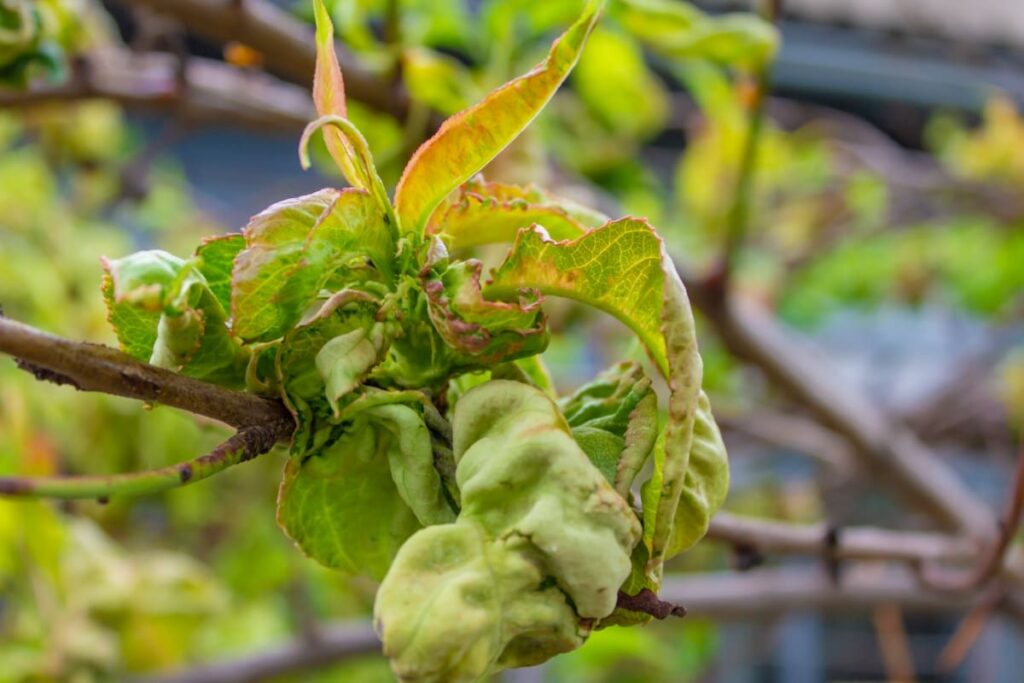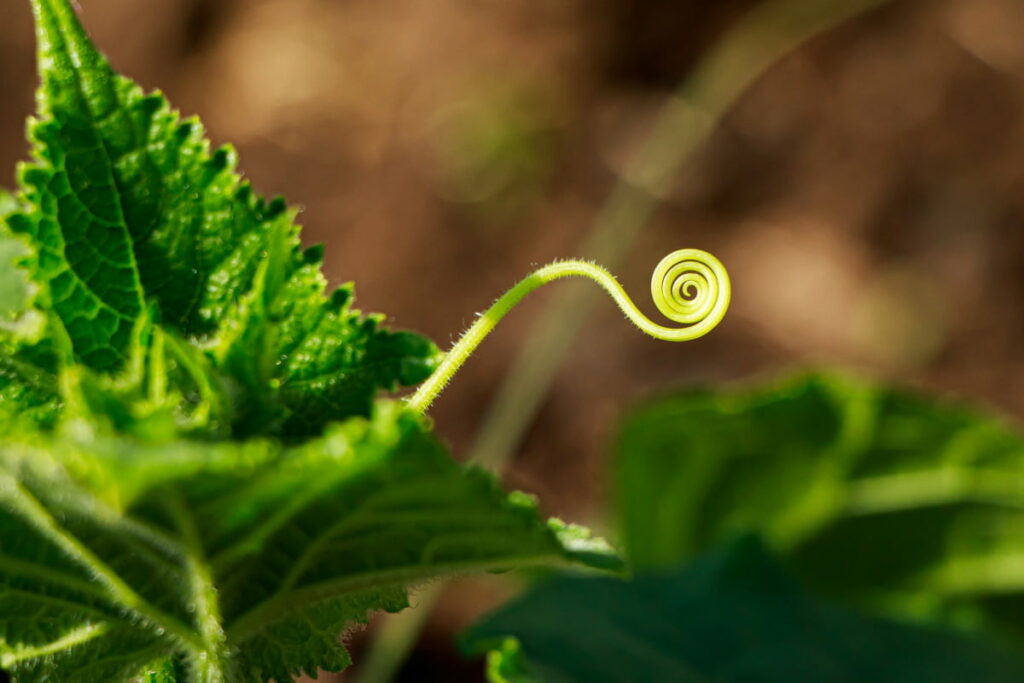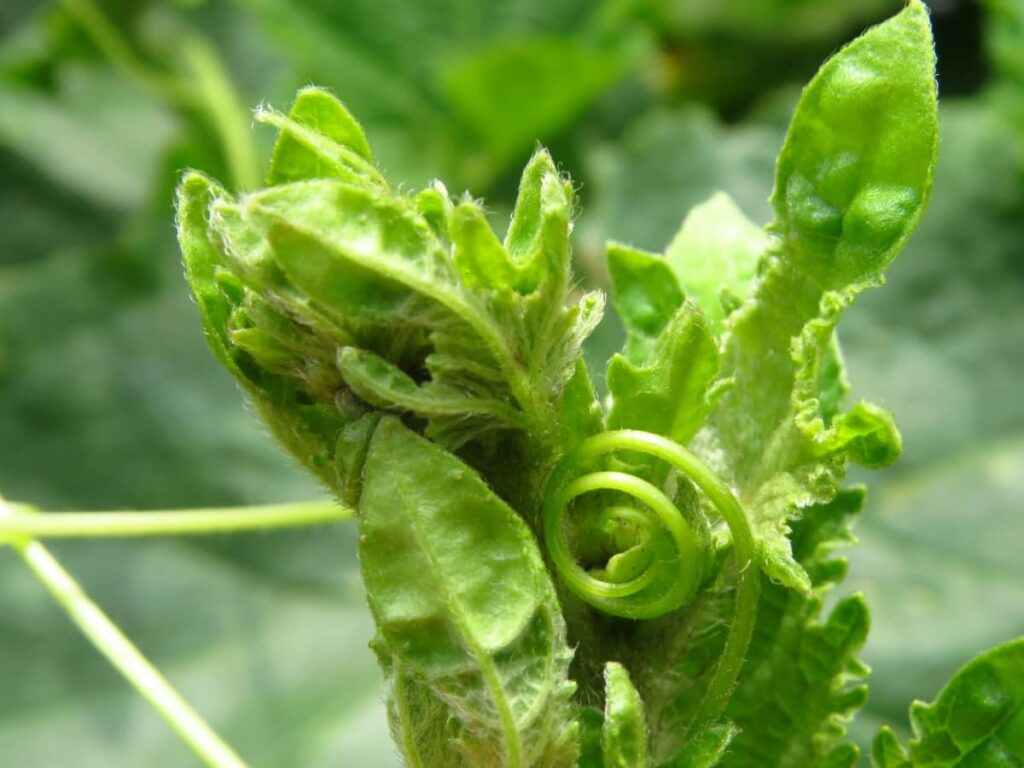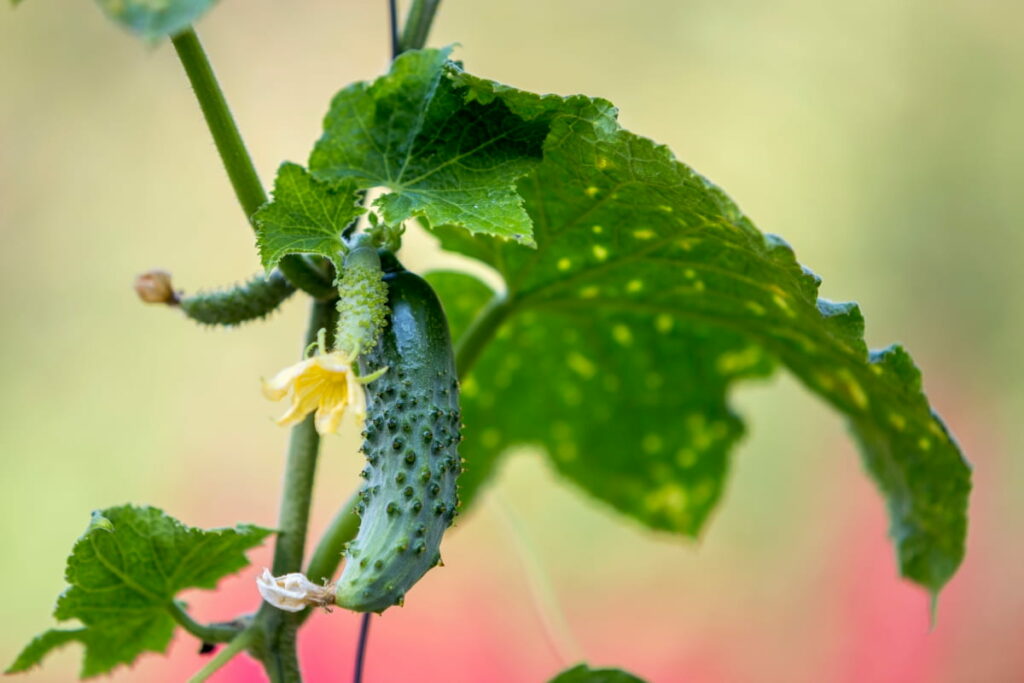Welcome to our insightful blog dedicated to the management of the Leaf Curl Virus in cucurbits. Explore effective strategies for Cucurbit Crop Leaf Curl Management, discover innovative approaches for Leaf Curl Virus Control in Cucurbits, and learn about the latest treatments to combat Cucurbit Leaf Curl Infection. Unveil the secrets to safeguarding your cucurbit crops!

Leaf Curl Virus Treatment in Cucurbits
Overview of Leaf Curl Virus in Cucurbits
Leaf curl virus is a multi-drug disease affecting cucurbits, tomatoes, legumes, brassicas, and weeds. It includes CuLCV, SLCV, TYLCV, and WmCSV, and includes CuLCrV, MCLCV, SqVYV, and WmCMoV. The main vector for leaf curl viruses is the Bemisia tabaci species complex, which includes several biotypes or genetic variants. Whiteflies can acquire and transmit the virus from infected plants, infecting multiple plants and transmitting it vertically through their eggs.
Leaf curling, leaf yellowing, leaf reduction, fruit deformation, fruit discoloration, fruit abortion, and plant stunting are all common Leaf Curl Virus Symptoms in Cucurbits. Leaf curling refers to distorted or twisted leaves, while leaf yellowing is the development of yellow patches or streaks along veins or margins. Leaf reduction is the reduction of leaves to a smaller size, while fruit deformation refers to misshapen, wrinkled, ribbed, or bumpy fruits. Fruit discoloration is the development of yellow or green spots or scars on the skin or flesh. Fruit abortion occurs when fruits fall off prematurely or fail to develop fully.
Lifecycle of Leaf Curl Virus
Leaf curl virus is a group of viruses that cause similar symptoms in cucurbit plants like squash, watermelon, and melon. Common symptoms include leaf curling, yellowing, mottling, stunting, and reduced fruit yield. These viruses are transmitted by whiteflies, which can acquire the virus from infected plants and transfer it to healthy ones. The spread of leaf curl viruses depends on the presence and activity of whiteflies, environmental conditions, and host plant susceptibility.
Once infected, the virus replicates in the plant’s cells and moves through the vascular system to reach other parts of the plant. Symptoms usually appear within one to two weeks, depending on the virus strain and host plant stage. Young plants are more vulnerable to infection and may show more severe symptoms. Infected fruits may be deformed, discolored, or bumpy.
Preventive Strategies for Cucurbits
The leaf curl virus is a severe disease affecting cucurbits like cucumbers, melons, squash, and pumpkins. It causes leaves to curl, distort, and turn yellow, reducing photosynthesis and yield. Transmission occurs by whiteflies. There’s no cure, so prevention is crucial. Preventive measures include avoiding contact with whiteflies.
Cultivar Selection and Resistance: Choose cultivars that are resistant or tolerant to leaf curl virus, as they can prevent or limit infection, while tolerant cultivars reduce symptoms and yield loss. Check seed catalogs or labels for information on resistance or tolerance.
Crop Rotation and Field Hygiene: To prevent whiteflies and virus buildup in cucurbits, avoid planting them in the same field or area as the previous year. Remove and destroy infected plants or weeds, and clean and disinfect any tools or equipment that may have come into contact with infected plants.
Integrated Pest Management (IPM)
One of the best ways to prevent and manage leaf curl virus is to use Integrated Pest Management for Cucurbit Leaf Curl, which is a holistic approach that integrates different methods to reduce pest populations and damage.
Biological control agents: These are natural enemies of whiteflies, such as ladybugs, lacewings, parasitic wasps, and predatory mites for Cucurbit Leaf Curl Virus Treatment. They can be introduced or conserved in the crop environment to reduce whitefly numbers and virus spread.
Chemical and organic insecticides: These are substances that kill or repel whiteflies, either by contact or by ingestion. Chemical insecticides can be synthetic or natural, such as pyrethroids, neonicotinoids, or botanicals. Organic insecticides are derived from plants or microorganisms, such as neem oil, garlic extract, or Bacillus thuringiensis. They are usually less toxic and more environmentally friendly than chemical insecticides.
In case you missed it: Tomato Yellow Leaf Curl Virus Management: How to Treat with Chemical, Organic, and Natural Methods

Cultural Practices to Reduce Incidence
Plant Spacing and Pruning: For the Prevention of Leaf Curl in Cucurbits, avoid overcrowding plants by improving air circulation and sunlight penetration. Plant spacing for cucurbits should range from 30 to 90 cm between plants and 1.5 to 3 m between rows. Pruning can be done by removing infected or symptomatic branches and leaves, and the recommended spacing depends on the type and variety of cucurbits.
Irrigation and Fertilization Methods: Leaf curl virus can be influenced by irrigation and fertilization methods. Insufficient or excessive watering can weaken plants and increase susceptibility to the virus. Drip irrigation is the best method for cucurbits, as it supplies water directly to the root zone, avoiding foliage wetting.
This method also allows for efficient water and nutrient use and better weed control. The frequency and amount of irrigation depend on soil type, climate, and crop stage, but it is generally advised to water deeply and infrequently. Fertilization should be applied in split doses throughout the growing season, avoiding excess or deficiency of any nutrient.
Identification of Infected Plants
Visual Symptoms and Signs: Leaf curl virus infection is characterized by curling leaves, yellowing, mottling, or mosaic patterns, which can affect the entire leaf or only parts. The virus can also thicken veins and cause stems and petioles to bend and twist. Other symptoms include stunted growth, reduced flowering and fruiting, and malformed fruits, which may be smaller, irregular, or discolored, with spots, streaks, or rings on their surface.
Laboratory Testing and Diagnosis: Leaf curl virus infection can be confirmed through laboratory testing and diagnosis, which includes serological tests, molecular tests, and biological tests. Visual symptoms are not sufficient to confirm infection, as other factors like environmental stress, nutrient deficiency, or insect damage may also be present. Serological tests use antibodies to react with specific virus antigens, molecular tests use PCR or RT-PCR techniques, and biological tests use indicator plants with characteristic symptoms.
Management of Infected Crops
Removal and Disposal of Infected Plants: The first step is to identify and remove any plants that show symptoms of leaf curl virus as soon as possible. This will help us prevent the spread of the virus to healthy plants and reduce the source of inoculum. The infected plants should be disposed of properly, either by burning, burying, or bagging them in plastic. Do not compost or leave them in the field, as the virus may persist and infect other crops.
Salvaging Partially Infected Crops: Leaf curl virus can be salvaged by pruning infected leaves and branches, applying balanced fertilizer, and spraying plants with foliar fungicides or botanical extracts. These treatments can boost the growth and health of remaining foliage and fruits, but they won’t cure the virus but slow its progress and minimize damage.
Chemical Control Measures
Fungicides and Virucides: One of the chemical control measures for LCV is the use of fungicides and virucides. Fungicides can prevent or reduce the fungal infections that often accompany LCV, such as powdery mildew and anthracnose. Virucides can inhibit the replication of the virus in the plant tissues, slowing down the disease progression and symptoms. Some examples of fungicides and virucides that are effective against LCV are copper-based products, mancozeb, chlorothalonil, acibenzolar-S-methyl, and imidacloprid.
In case you missed it: How to Manage Leaf Miners in Home Garden: Symptoms, Causes, Cultural, Biological, Chemical, Natural, and Organic Control

Application Techniques and Safety: LCV chemical control measures involve application technique and safety. Apply fungicides and virucides as soon as symptoms appear, covering all parts of the plant, especially the undersides of leaves where aphids and whiteflies feed. Repeat every 7 to 10 days, following label instructions. Use proper personal protective equipment and follow environmental regulations to avoid exposure to chemicals and water contamination.
Monitoring and Surveillance Techniques
Setting Up Traps and Scouting: One of the most effective methods is to set up traps and scout for whiteflies, which are the main vectors of the virus. Traps can be yellow sticky cards or water pans placed near the crop canopy. Scouting involves checking the traps regularly and counting the number of whiteflies captured.
Regular Inspection Schedules: Regular inspections of plants for leaf curl virus symptoms, such as yellowing, curling, and leaf distortion, should be conducted, especially during peak whitefly activity. Covering at least 10% of plants in each field, farmers can decide when and how to apply appropriate treatments for cucurbits.
In case you missed it: Top 10 Homemade Sprays for Leaf Spots: DIY Treatment Remedies

Conclusion
In combating the Leaf Curl Virus in cucurbits, adopting an integrated pest management strategy is crucial. From chemical controls to holistic disease management approaches, a combination of methods offers the most effective solution. By implementing these strategies, growers can safeguard their cucurbit crops and ensure a healthy harvest.
- Aquaponic Farming at Home: A Step-By-Step Guide
- Profitable Village Farming Business Ideas in 2024
- High-Yield Aquaculture: Fast-Growing Fish for Farming
- Effective Fish Pond Construction Techniques for Beginners
- Irrigation and Water Management in Pineapple Farming
- Blossom to Harvest: Mastering Flowering and Pollination in Papaya Farming
- Pig Fattening Essentials: From Selection to Sale for Beginners
- Raising Wagyu Cattle: A Complete Guide for Premium Beef Production
- Soil Types and Their Water Holding Capacity
